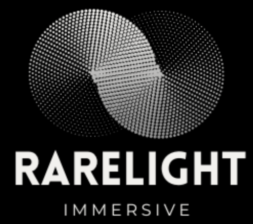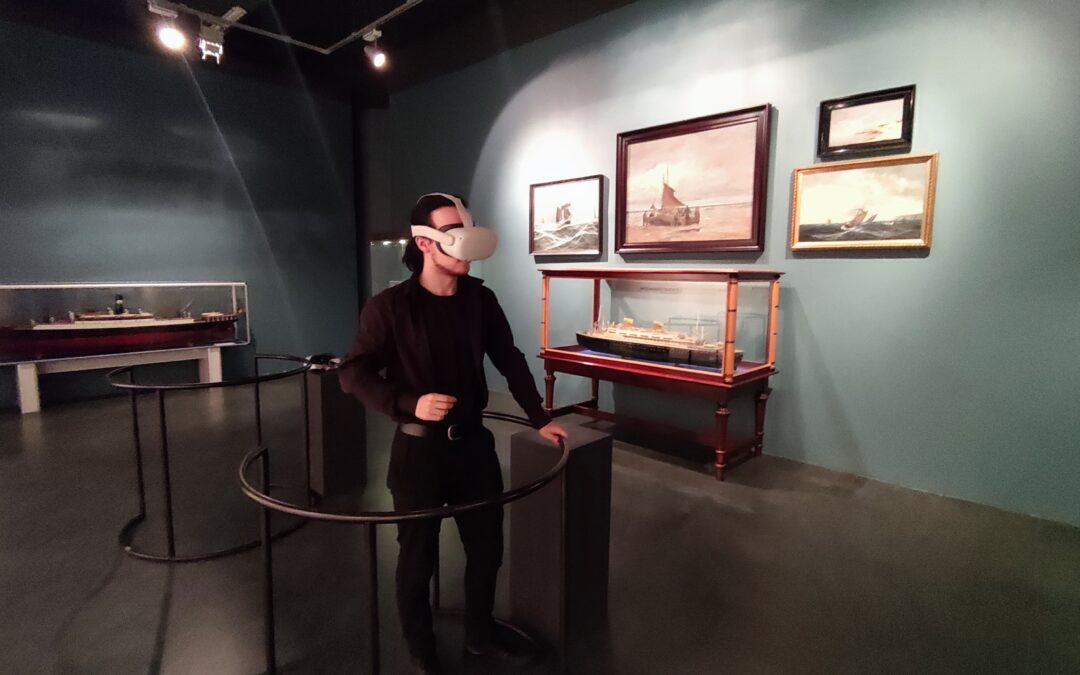In 2022, the National Museum in Szczecin, Poland, launched an Oculus Quest-based exhibition about the first Maritime Museum in prewar Poland. The exhibition is still running, it uses 360-degree animations and 3D reconstructions in Unreal Engine to create an immersive and interactive experience for visitors. Here’s how it was planned, executed and results it brought.
Goals
The goals of the exhibition were to:
- Increase awareness of the National Museum in Szczecin and its history
- Educate visitors about the prewar city of Szczecin
- Provide a fun and engaging experience for visitors
Execution
The exhibition was developed by a team of historians, designers, and engineers from the National Museum in Szczecin and the Polish company Immerse. The team used a variety of historical sources, including photographs, maps, and architectural drawings, to create accurate 3D reconstructions of the prewar city of Szczecin and the museum building.
The exhibition features a variety of interactive experiences, including:
- 3D reconstruction of the prewar Warsaw based on historic maps
- 3D reconstruction of the museum interior and ship models
- 360 degree movies playable on Oculus Quest to immerse visitors in the guided tour of the destroyed historic interiors and the historic event of reclaiming the sea by the Polish State
- Web widgets of the 3d models embeddable on the museum website
- Animated 3D Avatar of the historic figure of the Museum founder, Captain Ledochowski
Results
The exhibition has been a success. Visitors have praised the exhibition for its realism, interactivity, and educational value. Exhibition is especially popular on weekends and nearly all guests queue for the VR headsets.
Conclusion
The Oculus Quest-based exhibition at the National Museum in Szczecin is a case study in how virtual reality can be used to create immersive and educational experiences. The exhibition is a fun and engaging way for visitors to learn about the museum’s history.









